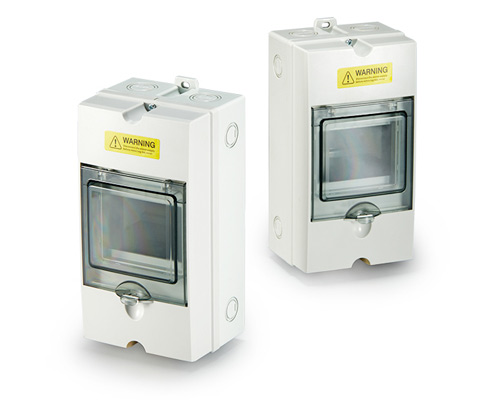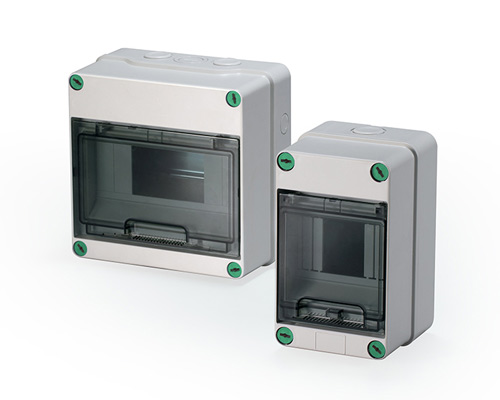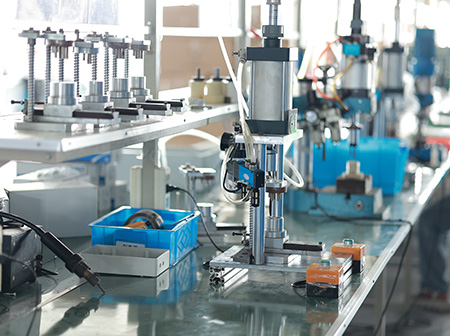Distribution box is a device for configuring, monitoring and protecting the power system. It is often placed in buildings, factories and even power stations. Its main function is to reasonably distribute the power of power sources (such as power grids, generators, etc.) to various electrical equipment or circuits to meet the needs of the equipment, while providing comprehensive protection functions to ensure the smooth operation of the power system.
The distribution box is mainly composed of the following five parts:
1. Main circuit breaker: responsible for controlling the power supply of the entire system, usually installed at the door of the distribution box, can be manual or automatic.
2. Branch circuit breaker: a switch used for branch lines, set in each line as needed, and can be operated independently.
3. Protective devices: such as fuses, circuit breakers, etc., can quickly cut off the circuit in abnormal situations such as overload and short circuit to ensure the safety of equipment and personnel.
4. Electric energy metering device: used to record power consumption, often installed on the line to be metered, to facilitate monitoring of energy consumption and management.
5. Grounding device: to ensure the safety of circuit equipment grounding and prevent grounding faults from causing safety accidents.

The design and configuration of the distribution box depends on the power demand and safety standards. It can be a simple low-voltage distribution box or a complex high-voltage distribution box. It plays a vital role in the power system and is the core equipment for power distribution and management.
Choosing a suitable distribution box requires considering many factors, such as power demand, safety standards, reliability, and cost. Here are some suggestions for selecting a distribution box:
1. Clarify power demand: First understand the required power capacity and load characteristics (current, voltage, power), and select the rated capacity and type of the distribution box accordingly.
2. Follow safety standards: According to local electrical safety regulations and standards, select a distribution box that meets certification requirements to ensure safe use. Some regions may have special certification or safety standards requirements.
3. Choose the right type: Choose the type of distribution box according to actual needs. For example, low-voltage distribution boxes are suitable for home, commercial and industrial fields, while high-voltage distribution boxes are often used in the main distribution point of the power system.
4. Pay attention to layout and size: According to the space limitations and layout requirements of the installation environment, choose a distribution box with appropriate size and layout to ensure that it is easy to install, maintain and operate.
5. Evaluate reliability and performance: Give priority to brands with good reputation and quality to ensure that the distribution box has reliable performance and long-term stable operation. You can refer to user reviews and professional opinions for evaluation.
6. Consider cost and economy: Compare the cost and performance of each distribution box according to the budget and project requirements, and choose the one with the best cost performance.

In summary, by comprehensively considering the above factors, you can select the ideal distribution box to meet the needs of the power system and ensure the safety and reliability of power distribution and management.

